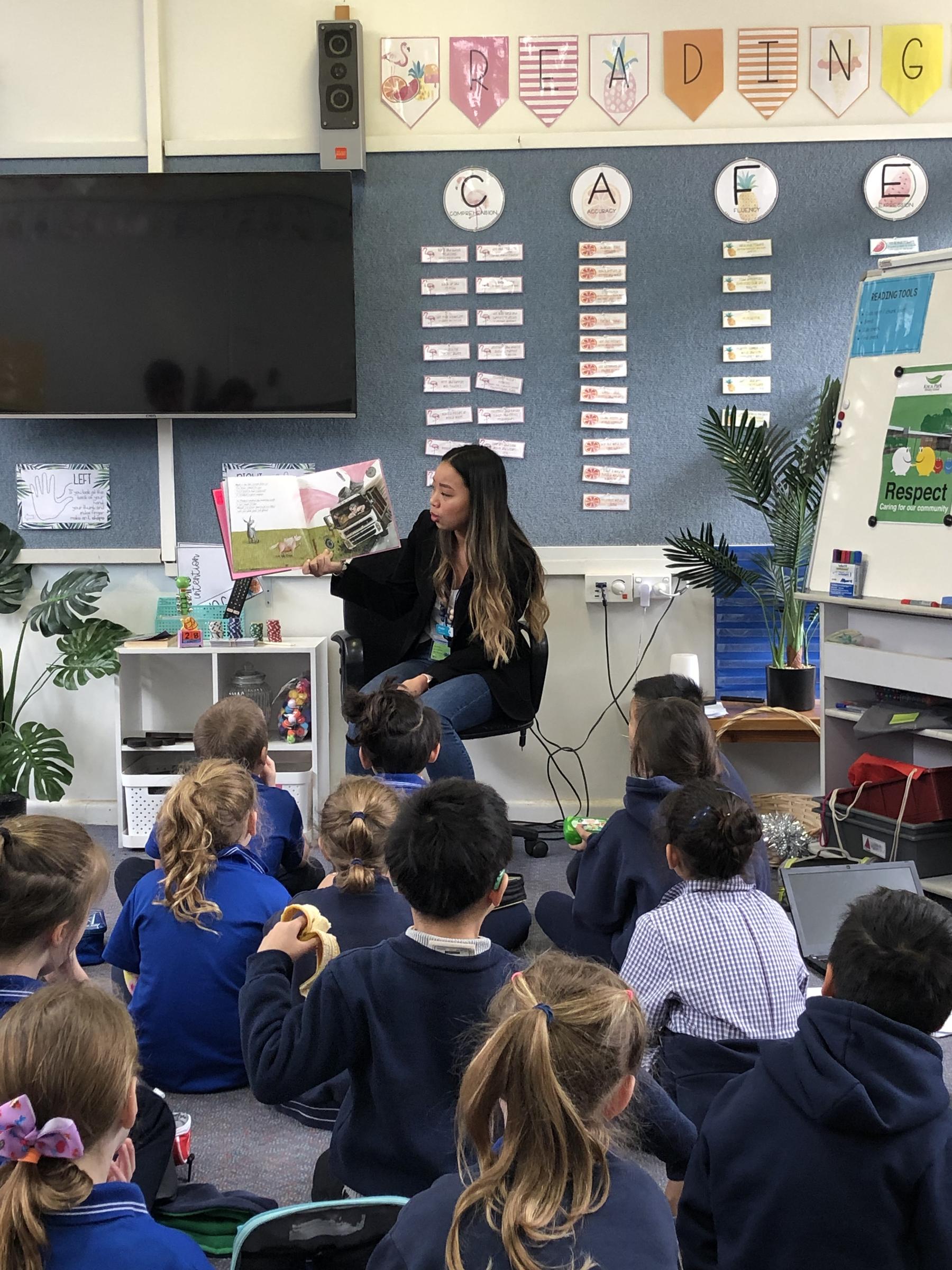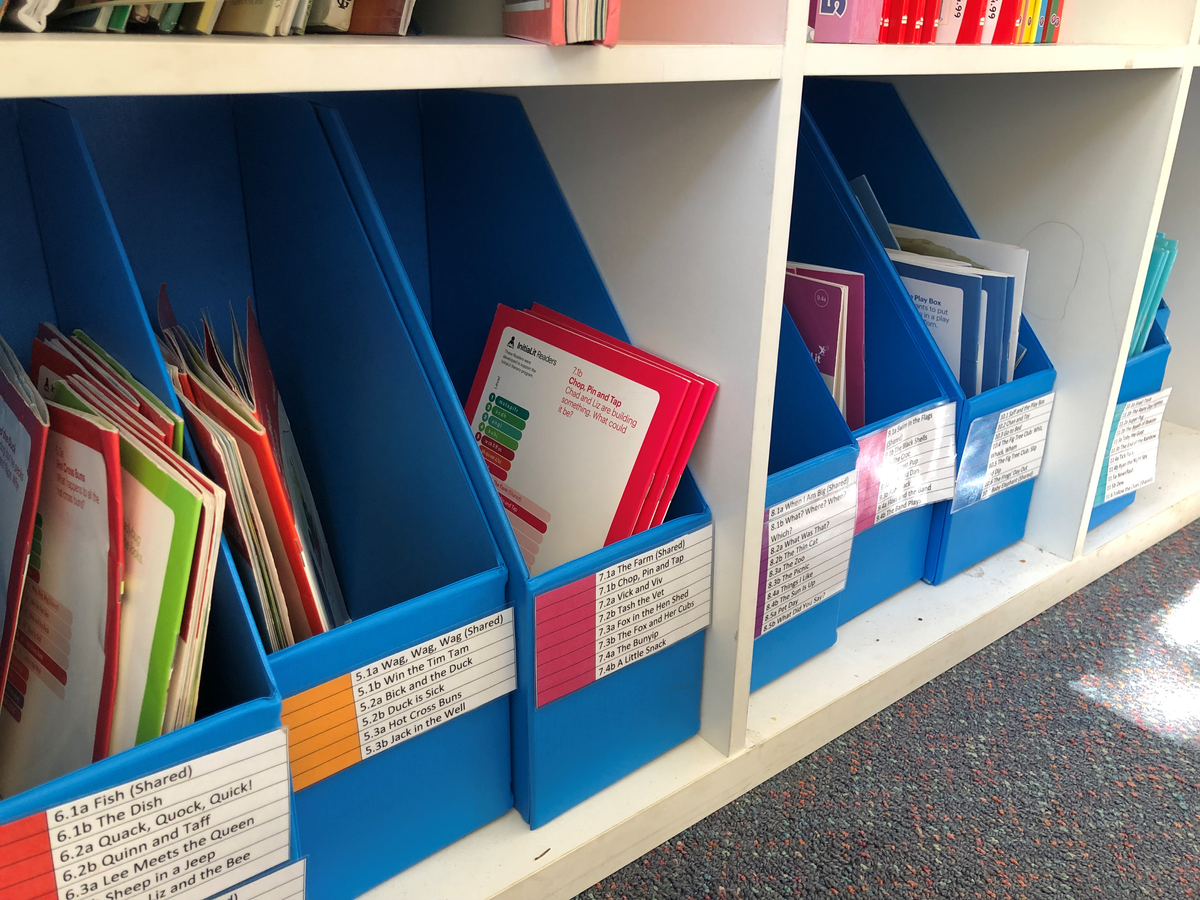Literacy

Phonics
We revised some spelling rules from Term 1 and 2 to start our term before moving onto some new rules. Some of the rules we have looked at this term include:
-i and o (who both say their name when followed by 2 consonants)
-plurals (for some we add 's', for others we add 'es')
-compound words (like the playground where we love to be!)
Our teachers have noticed some amazing progress in how we read and spell our phonograms too. We love being able to show off our phonogram knowledge during bootcamps each morning and still count down until phonogram bingo every Friday! Did you know there are some phonograms that say the same sound? For example, 'ee' and 'ea' can both make a long 'e' sound. Another example is 'ai' and 'ay'... do you know which one is found at the end of a word?
Reading
This term, we have continued to develop our reading skills, using our reading tools and some CAFE strategies to build our comprehension, accuracy, fluency and expression. CAFE strategies we have been practising include:
-retelling the story in the correct sequence
-predicting what will happen next
-asking questions as we are reading to understand more
-recognising literary elements (genre, plot, character, setting, problem/resolution and theme)
-using pictures, illustrations and diagrams to develop a deeper understanding of the text
We have explored these CAFE strategies using whole class books from our favourite website, EPIC Books, as well as when we read our independent books and complete a follow up activity in our reader's notebooks.
Take home readers
Do you know how wonderful our take home readers are? Not only do we get to practise reading with an adult at home but we also get to show off our phonics knowledge with these decodable books, based upon the phonograms we learn at school!
Writing
We started the term hunting for rhyming words to get us ready for poetry writing. We enjoyed reading some of the wonderful Dr Seuss books and looking at some examples of Australian poetry. After practising some rhyming, we looked at three types of poetry: haikus, concrete and snapshot poems.
We practised writing some haiku poems about the weather, making sure we used 5 syllables in the first line, 7 syllables in the second line and 5 syllables to finish.
An example of a haiku written by some Year One students:
The sun is yellow,
It is hot and can burn you,
It shines all day long.
We enjoyed writing concrete poems in the shape of an object, like a sweet, cold, brain freezing ice cream. In our week on snapshot poetry, we described a picture of a rain forest or chocolate factory using the five senses. We hope our descriptions during our poetry unit will help us write some amazing stories in Term 4.
The second half of the term was spent writing informative texts using procedures and explanations. During swimming week, we thought carefully about the materials we would need to pack in our swimming back and the steps to follow to get ready for our swimming lessons each day. We finished the term writing explanations, investigating how seeds grow into flowers and how butterflies evolve from caterpillars.

